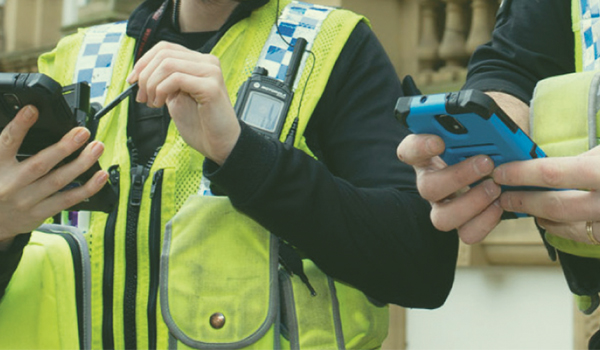Mature technologies key to protecting the at-risk and vulnerable
Technology promises to be a key enabler in safeguarding vulnerable and at-risk people, giving the police and other authorities the information to make decisions at the right time based on the most authentic and credible data sources.
Technology promises to be a key enabler in safeguarding vulnerable and at-risk people, giving the police and other authorities the information to make decisions at the right time based on the most authentic and credible data sources.
The subject of vulnerable people is a burning issue at the top of the agenda across those public sector bodies that exist to safeguard individuals and families in our society, said Jim White, industry director for public sector EMEA North at business intelligence software specialist SAP.
But he questions whether it is a battle that can be won with people alone and what role technology could play to enable better outcomes.
Speaking as part of techUKs recent #CounciloftheFuture campaign, he said: With continuing austerity and the need to do even more with less, these organisations exist in a world that is becoming more and more complex, especially when it comes to safety, crime and technology.
[But] the one obvious and well recorded opinion from the professional and academic communities is that proactivity outweighs reactivity in every instance. It is well proven that earlier intervention leads to better outcomes for individuals, our communities and saves money.
To become truly proactive, authorities need information to make decisions at the right time and with the most authentic and credible data sources, ideally in real-time.
Technology is a key enabler in this situation most of the perceived data sharing and information governance issues are related to organisational culture and behaviours. Numerous case studies have shown that is possible to share data, collaborate from a multi-agency perspective and deliver better, more targeted services to our constituents.
Mr White explained that these data sources might be owned at different sources and by different organisations.
But the question is: If this data can be shared, then as a police officer, or a health worker, or a social care professional, surely this makes common sense? Each of these stakeholders is trying to profile their (often siloed) information so that they can make the right decision at the right time, he added.
Technologies such as automated data matching, predicative analytics, machine learning and artificial intelligence are now regarded as mature, said Mr White, adding: If deployed, these approaches present a great way for public sector bodies to identify people at risk and free-up our professional resources to do the things they signed up to do help people, prevent crime, safeguard and improve the wellbeing of our communities.





